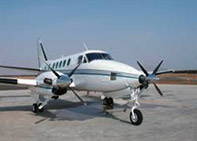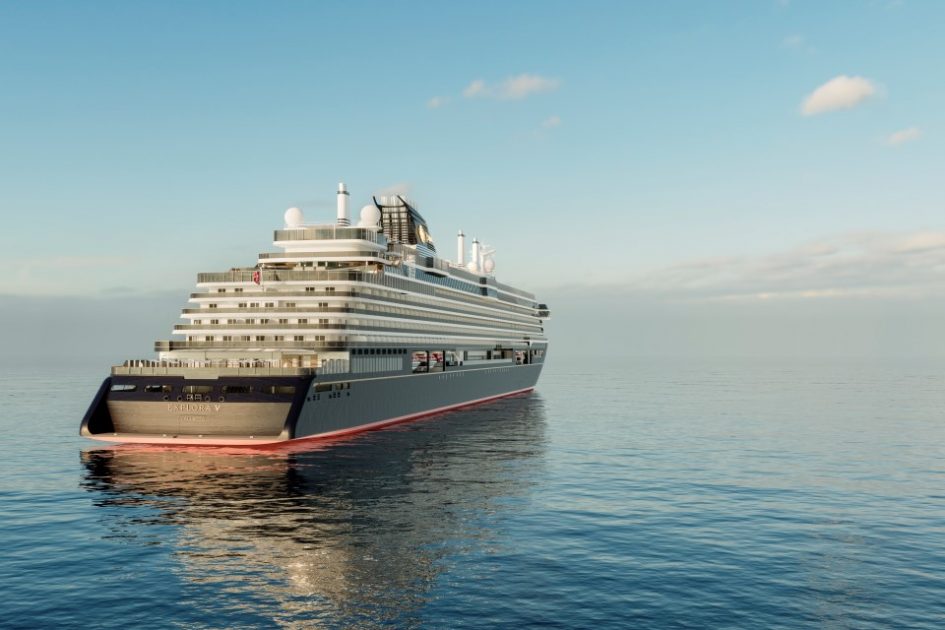Because planes are one of the most frequently used modes of transport worldwide, the environmental impact of air travel has become a topic of interest. In fact, this interest has led to comparisons between ‘Private vs Commercial Planes’ in terms of carbon footprint and sustainability, with the previous post clarifying that private aviation has been taking concrete steps to reduce emissions and go greener.
However, it’s also worth looking at how the aviation industry as a whole compares with other forms of travel, namely cruise ships. As both industries are said to represent the fastest growth of greenhouse gas emissions in the entire transport sector, their respective sustainability efforts must also be discussed.
How airplanes and cruise ships impact the environment
Although the aviation industry adopted the Net Zero Emissions by 2050 goal, emissions have grown faster than other modes of transport like road, rail, and shipping. The latest aviation report from the International Energy Agency (IEA) notes that emissions rose in 2021, with international aviation producing 384.46 metric tonnes of carbon dioxide (MT CO2) while domestic aviation had 327.93 MT CO2. Overall, the aviation industry accounted for over 2% of global CO2 emissions, mainly produced by jet fuel consumption. On top of CO2, burning jet fuel also generates nitrogen oxides (NOx), which may not represent a significant portion of aviation emissions but nonetheless contribute to ozone production.
The figures for the cruise ship industry aren’t exactly positive either. A review published by the Marine Pollution Bulletin reveals that a large cruise ship can have a carbon footprint greater than 12,000 cars, and this footprint can increase depending on a ship’s size, age, number of passengers, and cruising speed. Aside from boat emissions, energy use and waste production during the voyage can also significantly compound the overall carbon footprint of a cruise vessel. Despite the cruise industry only making up a small percentage of the global shipping sector, it is estimated to account for nearly 24% of the total waste produced by shipping.
How the aviation and cruise industries are reducing emissions
Given the magnitude of emissions produced by both aviation and cruise industries, passengers might wonder whether one option is more eco-friendly. But there is no clear-cut answer since it depends on whether or not a chosen aircraft or cruise ship is making an effort to reduce its emissions. For instance, the same IEA report cited above mentions how airbuses are leading the way in hydrogen-powered aircraft, while the increasing use of sustainable aviation fuels (SAF) has also been critical to decarbonising the industry.
The same can be said for the cruise industry, as Explora Journeys has been demonstrating its commitment to sustainability with the launch of five new-generation ships powered by liquefied natural gas (LNG) and two hydrogen-powered ships to achieve net-zero emissions. The luxury cruise line has also been aiming for a smaller carbon footprint by banning single-use plastics onboard its ships and ashore. This sustainability principle that not only focuses on vessels but also passengers’ environmental consciousness can also be observed in aviation, with British Airways as a prime example. The UK airline offers travellers the option to offset their emissions by helping accelerate SAF and certified climate projects around the world.
What these sustainability efforts indicate is that there are eco-friendly ways to keep travelling via sea and air. It is ultimately up to airlines, cruise lines, and passengers themselves to choose the option that mitigates the environmental impact and contributes to global climate action. For more reports and updates on air travel, read the rest of the articles here at Planes.com.







